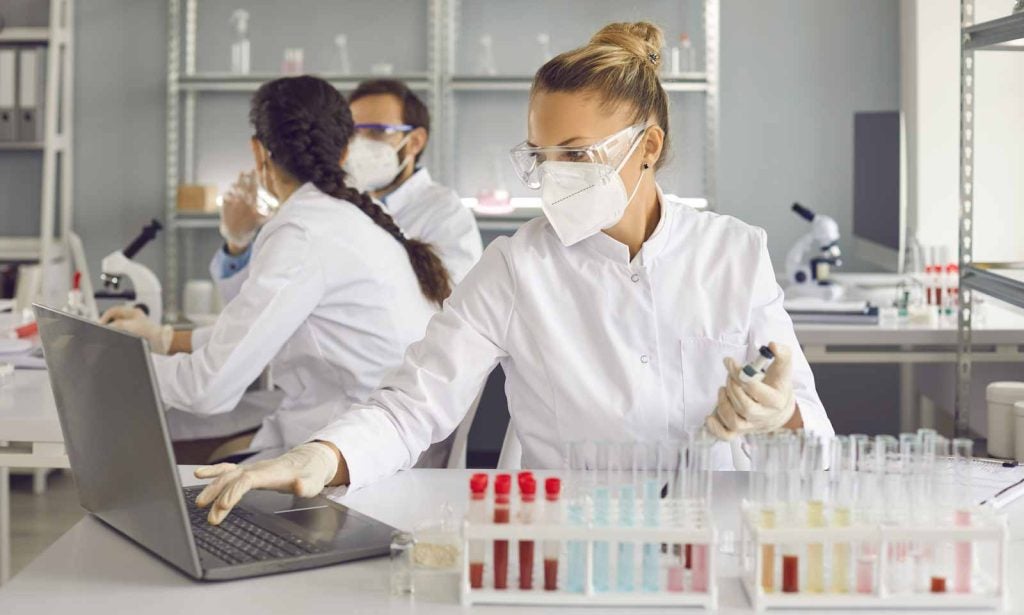Involving patients in clinical trials is often quite challenging, and this challenge becomes more difficult when dealing with the recruitment of patients for rare diseases.
At the Orphan Drugs & Rare Diseases Global Congress 2018 in London, the Chair of the Alkaptonuria Society (AKU Society), Nicolas Sireau, showed how his organisation set up an international consortium with patients, industry members, and academia linked with Alkaptonuria disease (AKU).
AKU, or ‘black bone disease’, is a very rare (ultra-orphan) inherited disorder that prevents the body fully breaking down two protein building blocks (amino acids) called tyrosine and phenylalanine. This is caused by a missing enzyme, which means the body cannot break down a substance called homogentisic acid (HGA). People with AKU typically develop arthritis, particularly in the spine and large joints, beginning in early adulthood.
Diagnosing Alkaptonuria disease (AKU)
The AKU Society’s model was made by following five steps. In the first step, they tried to understand how to correctly diagnose the disease, a process that can take up to 10 years in some cases.
People who have AKU show specific signs such as black urine, earwax that may be black or reddish-brown, and brown or grey spots on the whites of their eyes. Eventually, cartilage may become brittle and break, leading to joint and spinal damage.
How well do you really know your competitors?
Access the most comprehensive Company Profiles on the market, powered by GlobalData. Save hours of research. Gain competitive edge.

Thank you!
Your download email will arrive shortly
Not ready to buy yet? Download a free sample
We are confident about the unique quality of our Company Profiles. However, we want you to make the most beneficial decision for your business, so we offer a free sample that you can download by submitting the below form
By GlobalDataMisdiagnosis of AKU is an issue, as the disease is usually misdiagnosed with osteoarthritis. People affected can die of kidney failure but most of them have a normal life, with many patients developing depression. AKU is a lifelong condition and there are no available approved drugs to treat the disease. However, painkillers and lifestyle changes may help patients cope with the symptoms.
The only drug that showed promising results is Nitisinone, which is used off-label in the UK and is approved for the treatment of tyrosinemia type 1. Nitisinone acts by stopping the enzyme which makes HGA from working. This stops HGA from building up in the body and causing harm.
For the next step, they set up a centre of excellence at the National Alkaptonuria Centre in Liverpool run by a consortium of 12 European partners with the support of the AKU Society. Moreover, they created three clinical trials, called SOFIA (Subclinical Ochronotic Features in Alkaptonuria), to study the potential new drug, nitisinone, and assess its potential effectiveness in treating AKU.
Four different doses were administered to patients in the trial, including 1mg, 2mg, 3mg and 4mg, but a placebo was not given, as it does not work on this condition. The trial faced financial challenges as it was difficult to convince the pharmaceutical company to work with the Society.
Patient recruitment and raising awareness
Furthermore, the third step is related to patients’ recruitment and retention. They fully recruited 140 patients in nine months for the trial across three sites in Liverpool, UK; Paris, France and Piešťany, Slovakia. This trial will take place over four years and SOFIA aims to recruit patients from a range of seven age groups from 16 to 50+.
Regarding the fourth step, they worked with patients around the world. There are 950 patients affected by AKU, so the Society wanted to increase awareness and create a campaign to help cure black bone disease.
Finally, the last step was sharing developments with other patient groups. An example of this successful initiative included a patient that was not aware of her disease until she found out in a published scientific article shared on social media. This discovery was a significant milestone in her life.
Furthermore, another initiative was to partner with a charity to increase awareness (Findacure) and set up a charity to provide training for physicians that sometimes are not aware of the disease and underestimate clear symptoms, such as black urine, as not an important issue.
In conclusion, GlobalData believes that this model can help find a cure for this debilitating disease and other rare conditions. It can also provide support to patients and their families, helping them in terms of the diagnosis and improving management of their condition.







Related Company Profiles
Sofia NV
HGA
AKU Society